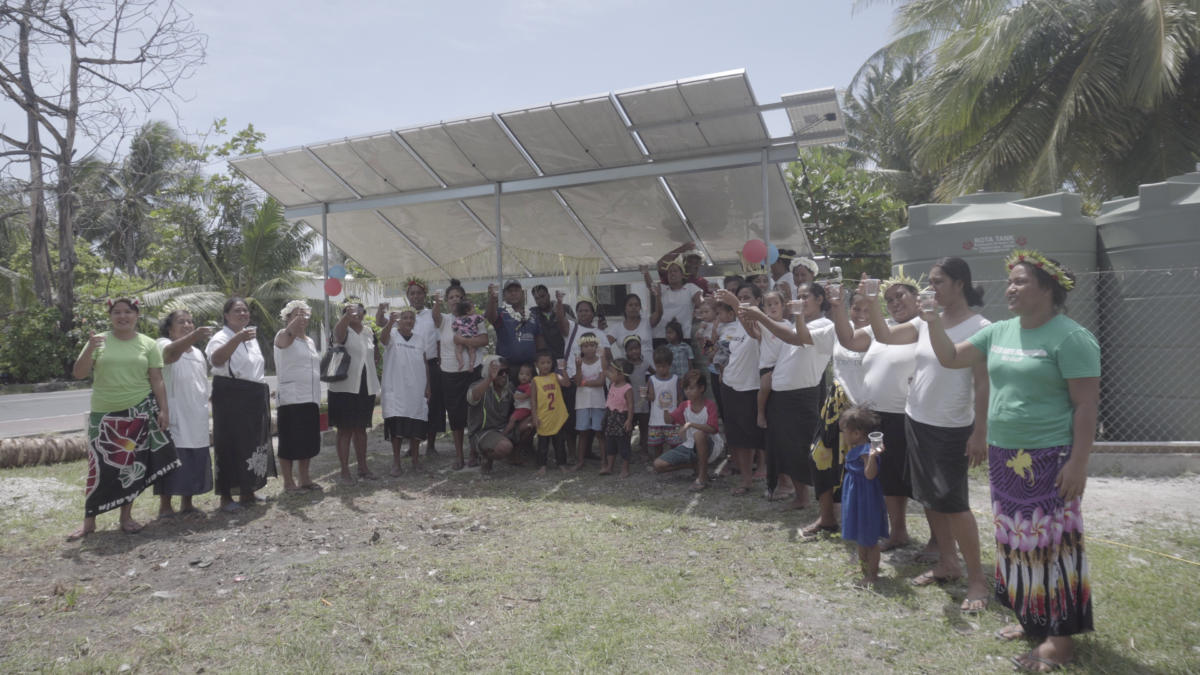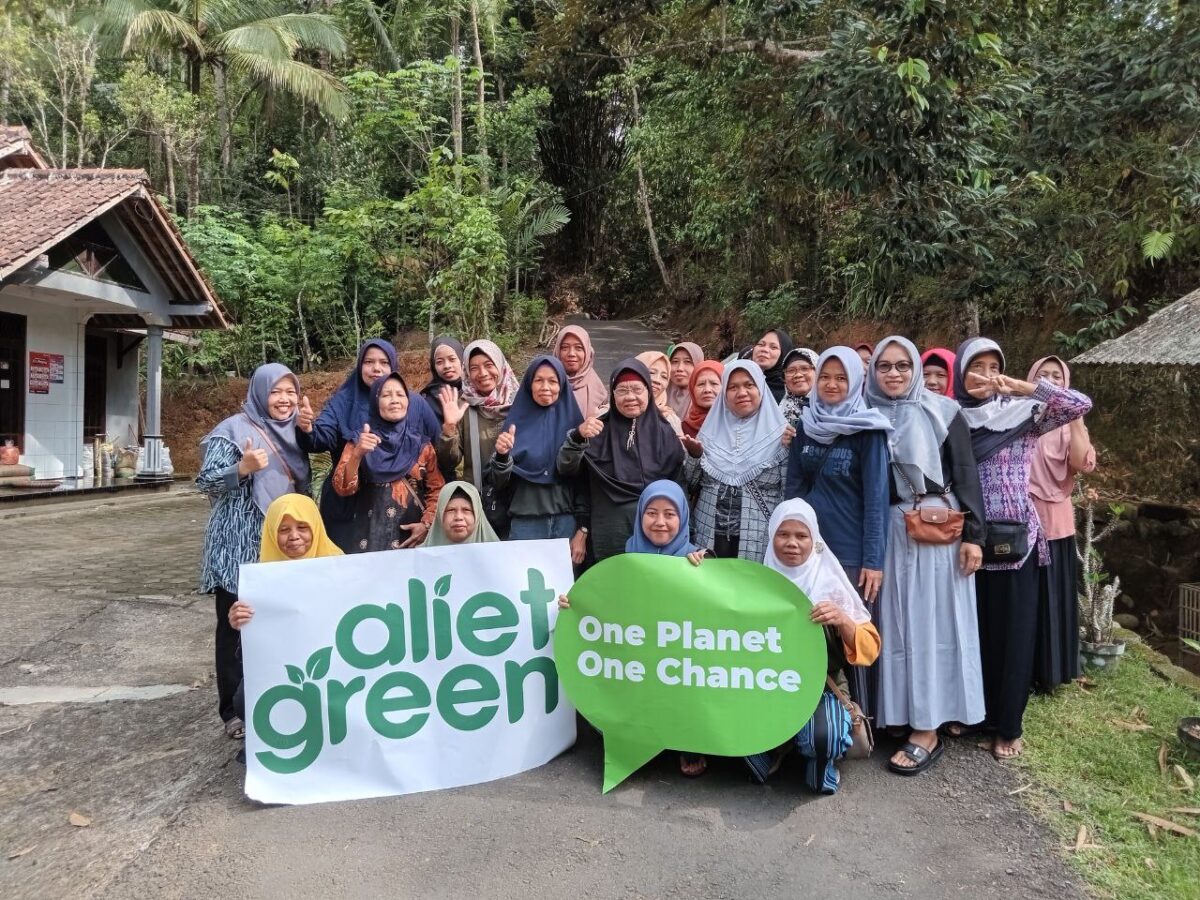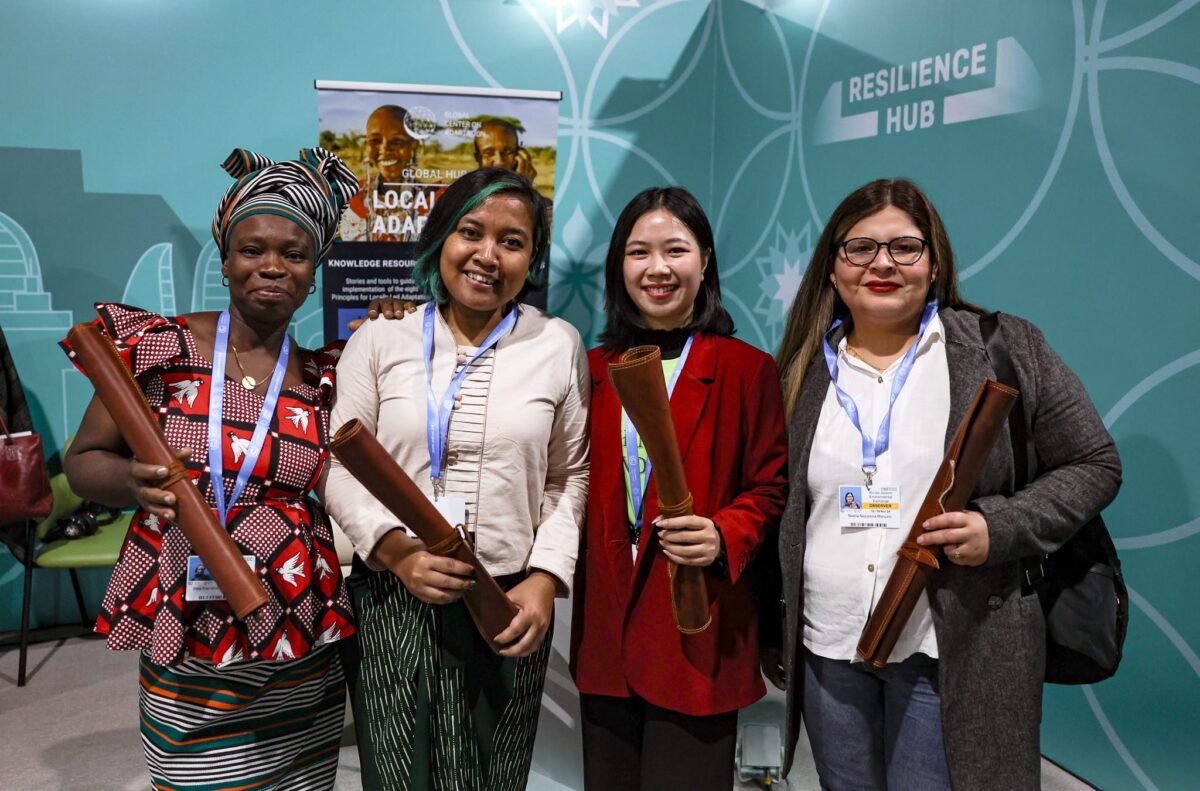Local Heroes: Why Locally Led Climate Adaptation Matters
A
s the climate crisis intensifies, locally led adaptation has become a cornerstone of effective climate action. Communities directly affected by environmental changes often have the most intimate understanding of their vulnerabilities, making them best suited to design and implement practical solutions. Empowering these communities ensures that adaptation efforts are both sustainable and inclusive. Unlike top-down approaches, which can overlook local nuances, grassroots efforts are tailored to specific environmental, cultural, and economic contexts, creating more effective responses to climate risks.
Take, for example, Scotland’s Isle of Eigg. This small Hebridean island has reduced its carbon footprint by 47% since 2008, primarily through community-driven renewable energy projects. The islanders harness a combination of solar, wind, and hydro power, moving toward complete energy independence. Eigg’s success demonstrates how small, locally led efforts can contribute significantly to climate resilience, offering a powerful model for communities worldwide. Their project is not only a technological triumph but also a social one, with the community actively participating in every stage of the energy transition.
The importance of such initiatives has not gone unnoticed. The Global Center on Adaptation (GCA), through its Local Adaptation Champions Awards, recognizes and supports these kinds of grassroots projects around the world. The 2024 awards attracted 870 applications from 107 countries, underscoring the growing global momentum for locally led adaptation. Projects ranged across four categories—water security, food security, local entrepreneurship, and urban adaptation solutions—demonstrating the diverse ways in which local communities are addressing their specific climate challenges.

Water security, in particular, has been a pressing issue for many regions facing increased droughts and floods. The Meghalaya Basin Development Authority in India is an excellent example of how communities can come together to manage water resources sustainably. By empowering local residents to lead water conservation efforts, the initiative fosters long-term resilience in a region heavily dependent on agriculture. Another notable example comes from the Green Hope Foundation in the Pacific island nation of Kiribati, which advocates for environmental justice and water security in vulnerable regions. These projects are not only addressing immediate water shortages but are also building the capacity of communities to manage their resources more effectively in the future.
Food security is another critical area where locally led adaptation is making a significant impact. In East Africa, the Nabahya Food Institute is creating sustainable agricultural systems that are better able to withstand climate shocks. By promoting climate-resilient farming techniques, the initiative supports smallholder farmers in producing food despite increasingly erratic weather patterns. Similarly, the Natural Aceh project in Indonesia strengthens food security by integrating agroforestry techniques that blend agriculture and forestry to create more resilient ecosystems. These initiatives highlight how local knowledge can lead to innovative solutions that protect both livelihoods and food production in the face of climate change.
Local entrepreneurship has also proven to be a powerful driver of climate adaptation. In Indonesia, Aliet Green empowers women farmers by promoting sustainable agricultural practices that are both climate-resilient and economically viable. By supporting fair-trade practices, the initiative not only helps these women secure their livelihoods but also contributes to the broader goal of reducing the community’s carbon footprint. In Sri Lanka, the SLYCAN Trust has developed sustainable business models that prioritize climate resilience, providing entrepreneurs with the resources they need to adapt their practices to changing environmental conditions. These projects demonstrate that economic development and climate resilience can go hand in hand, particularly when local communities are at the helm.

Urban adaptation is another critical area, particularly as cities face growing challenges from rising temperatures, floods, and other climate-related risks. The Landprocess and Porous City Network in Thailand, for instance, is redesigning urban infrastructure to better absorb excess water, reducing the risk of flooding. By incorporating green spaces and permeable surfaces, the initiative transforms urban areas into more resilient environments. Meanwhile, in Uganda, the Upcycle Africa project is turning waste materials into construction resources, building affordable and climate-resilient homes for low-income families. These urban initiatives demonstrate the potential for locally led efforts to transform cities into adaptive, sustainable spaces.
In all of these examples, the key to success lies in community involvement and empowerment. Locally led adaptation ensures that solutions are grounded in the lived realities of those most affected by climate change. This is especially important in vulnerable regions where top-down approaches often fail to address the complexities of local conditions. By focusing on local knowledge, these initiatives are not only more effective but also more sustainable, as communities take ownership of the adaptation process.
The Local Adaptation Champions Awards showcase the importance of supporting these efforts. By recognizing and amplifying the voices of local communities, GCA is helping to scale these initiatives and inspire others to take action. Winners receive financial support and global exposure, enabling them to expand their projects and share their lessons with a broader audience. Each award category highlights how locally led adaptation is not only addressing the immediate impacts of climate change but is also building long-term resilience.

In the face of an uncertain climate future, one thing is clear: adaptation must be local. From the renewable energy projects on the Isle of Eigg to the agroforestry initiatives in Indonesia, communities around the world are already leading the way. By supporting and learning from these local champions, we can build a more resilient and equitable world for everyone.
The ideas presented in this article aim to inspire adaptation action – they are the views of the author and do not necessarily reflect those of the Global Center on Adaptation.

Anju Sharma is the Lead for Locally Led Adaptation at the Global Center on Adaptation